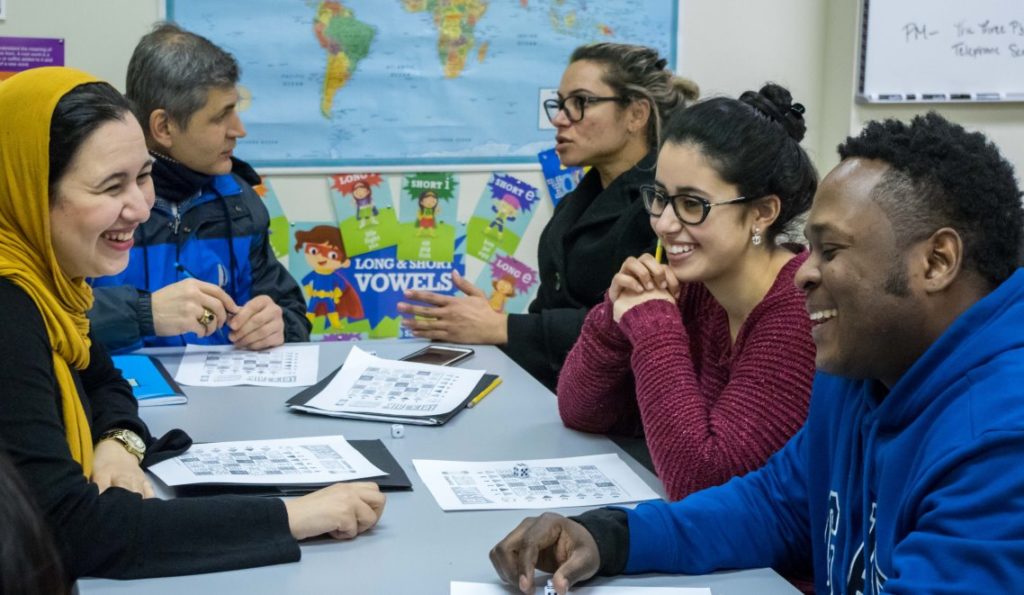
The classroom is a place where students learn much more than coursework. It is one of the primary places where students discover the great diversity of the world through personal encounters, coursework and underlying themes. All students have been affected in some way by the movement of people around the globe, yet certain stories of migration and immigration bring pride and admiration, while others are used to shame students or set them apart.
So how can all students see themselves as equal participants in the global story of human migration? Can that shared identity inspire a sense of community and belonging, even in multicultural spaces? The Immigrant Learning Center’s free, annual online workshop, 2019 Immigrant Student Success: Strategies and Tools for K-12 and Adult Educators, provided techniques to empower students to be creative thinkers and active contributors to a diverse, global society.
Teachers can promote integration, mutual respect and a shared sense of belonging for students of every age. Presenters in the 2019 Student Success workshop have developed creative techniques that help students tell their own stories, find common ground with others, and critically engage with the human story of migration and cross-cultural interaction.
In this video, Adam Strom explains why a sense of inclusion is deeply important and how students’ immigration histories can be a source of both inclusion and exclusion.
All students have unique identities and generations of history behind their arrival in the classroom. Ask your students to share about their ethnic identities and their family histories of migration. You can help vulnerable students feel more comfortable by setting ground rules for respectful communication, sharing about your own identity and giving a historical context for common immigration stories in your classroom community.
Help your students not only tell their stories but also to bring it to life using food, music, literature or artwork. Younger students may be better able to express their understanding of identity and family history through a creative project. Older students may want to share a homemade recipe, play recordings of music, or share a story or poetry.
Use media to broaden the horizons of your classroom
While all students have been affected by migration in one way or another, no classroom is a perfect microcosm of a diverse society. Teachers can help students understand and empathize with immigrants or members of diverse cultures by going on field trips or sharing stories using other media, such as the projects below.
Even in a multicultural student body, it can be beneficial for teachers to share immigration stories through other mediums as it can relieve minority students from the pressure of having to act as sole ambassadors for their culture and complement their stories in a different way.
Look for Common Themes
Participants in the 2019 Immigrant Student Success online workshop had the chance to share their own family histories and look for points of commonality. Whether they were newcomers themselves or their ancestors immigrated generations ago, many stories overlapped. In almost every case of voluntary migration, the search for a better life was the driving force.
Likewise, when students are able to find common ground across cultures and across histories, it can illustrate the common fears, hopes and motivations that shape the movement of people and cultures. It can also prime students to search for common ground even if it is not immediately evident when meeting new classmates, peers and even neighbors.
These strategies can be used with students of all ages, with some modification.
Young children will have a very basic understanding of their ethnicity or family immigration story. Encourage their curiosity using songs that celebrate multicultural understanding. With older students, teachers can incorporate more involved ways to develop appreciation for diversity, such as reading novels or biographies that showcase different groups.
In this video, Federico Salas-Isnardi demonstrates how to analyze for common themes.
When all students can place their own stories and identities in the context of a common narrative instead of something that sets them apart, it fosters greater self-understanding, mutual respect and curiosity about the rest of the world.
Sign up here for more information about our annual educator online workshops and other online training opportunities.
